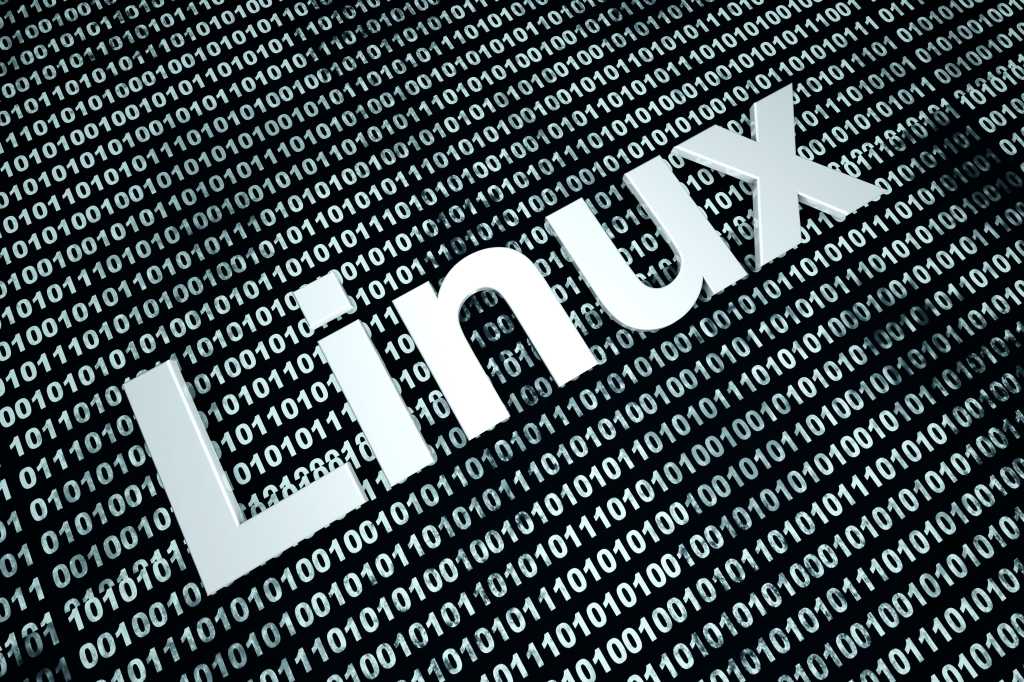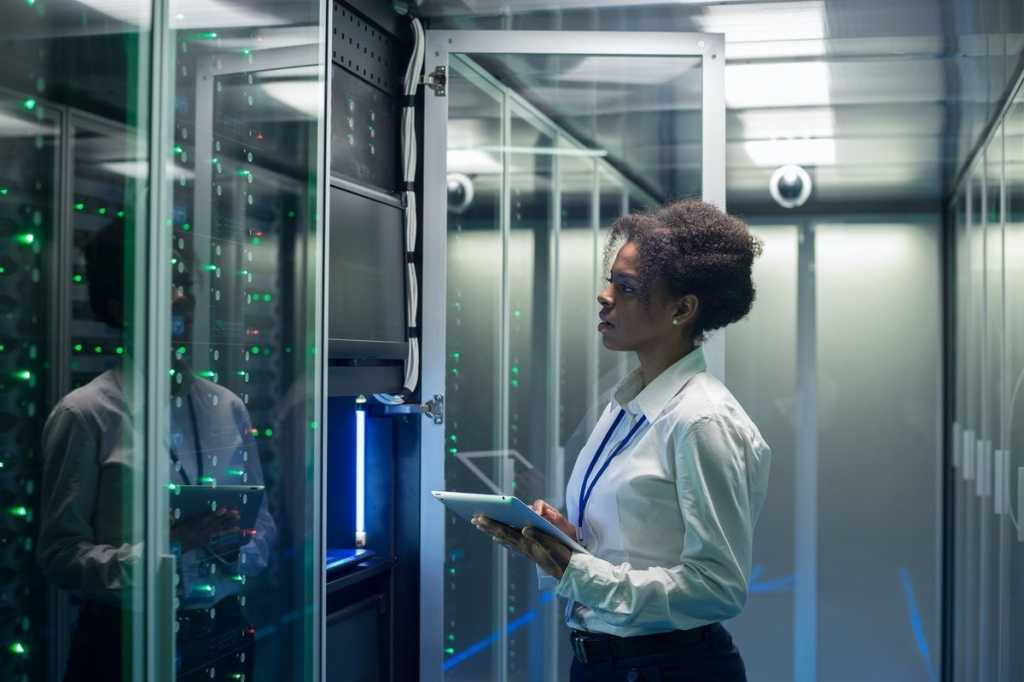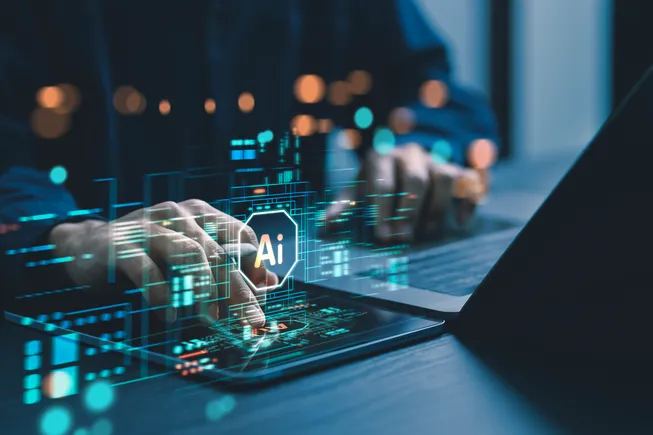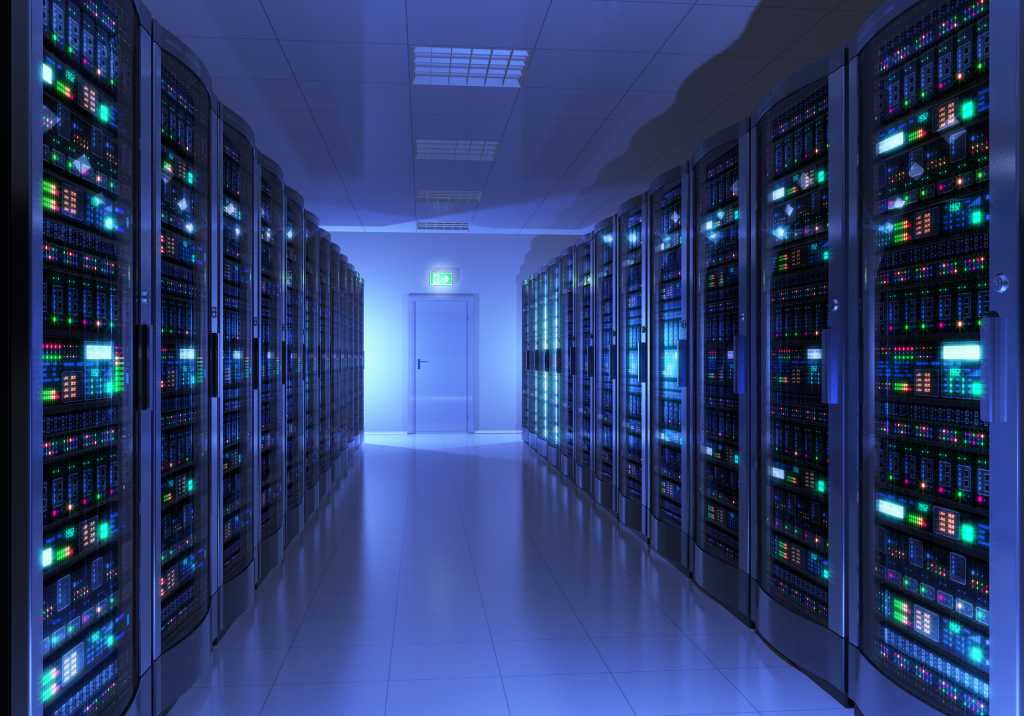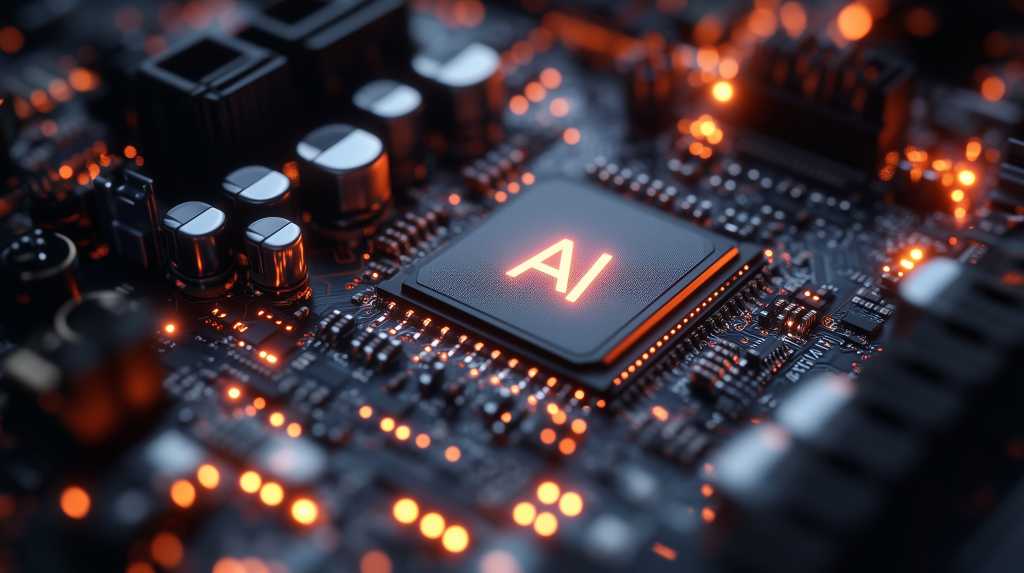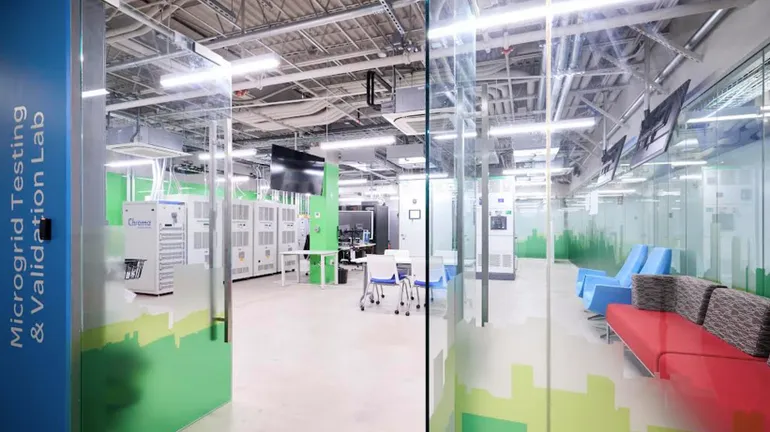
Dive Brief:
- Automation manufacturer Schneider Electric plans to invest $700 million in its U.S. operations through 2027, the company announced Tuesday.
- The money will go toward facility upgrades, expansions and openings across eight sites in Texas, Tennessee, Ohio, North Carolina, Massachusetts and Missouri. Schneider expects to create more than 1,000 jobs.
- The move marks Schneider’s largest-ever investment in the U.S., as the company aims to meet rising demand across its data center, utilities, manufacturing and energy infrastructure segments.
Dive Insight:
Schneider’s announcement is part of a larger $1 billion investment the company is making in the U.S. this decade.
Artificial intelligence-driven demand for data centers and electrical infrastructure is driving the need for heightened spending on electrical grid-related needs. Data center electricity demand could double by 2030 — consuming up to 9% of the country’s electricity generation, according to a May 2024 study by the Electric Power Research Institute.
“We stand at an inflection point for the technology and industrial sectors in the U.S., driven by incredible AI growth and unprecedented energy demand,” Aamir Paul, president of North America Operations for Schneider Electric, said in a statement.
Schneider has been pushing a localization strategy in recent months, with a goal to locally source and produce roughly 90% of sales in each region. That push could help the company weather the Trump administration’s tariffs on Mexico, where Schneider has much of its North American production.
CFO Hilary Maxson said on a recent earnings call that the company is watching for any reciprocal tariffs that may impact their operations. If the United States-Mexico-Canada Agreement remains in place, Maxson said the impact to Schneider would likely be “immaterial.” If the trade deal and free trade zones are repealed, however, the CFO added that the hit to the company could be greater.
“We’re really preparing the commercial actions that we would put into place to protect our profitability,” Maxson said on the call.
The company plans to invest across its U.S. supply chain, including at the following sites:
- Mt. Juliet, Tennessee: Schneider will build a new facility adjacent to its recently announced plant, part of a plan to expand in the medium voltage market and bring new products to the U.S.
- Andover, Massachusetts: Funding will go towards Schneider’s recently opened new data center and microgrid research laboratory, part of its research and development hub at the site.
- Columbia, Missouri: Schneider will expand production to include higher capacity for molded case circuit breakers and air circuit breakers.
- Fairfield, Ohio: The facility will receive a renovation to include advanced technology and software for new products.
- El Paso, Texas: Schneider will expand the plant for greater switchgear and power distribution production.
- Houston: The company unveiled plans earlier this month to open a new innovation center focused on AI-driven automation solutions.
- Raleigh, North Carolina: Schneider plans to open a robotics center.
- Welcome, North Carolina: The company will update existing space for switchgear and power distribution production.
Schneider is coming off of a strong 2024, with annual revenue outpacing forecasts to hit 38.2 billion euros. Fourth quarter revenue was bolstered by growth in its North American energy management business, up 25% year over year, thanks in large part to data center demand.

